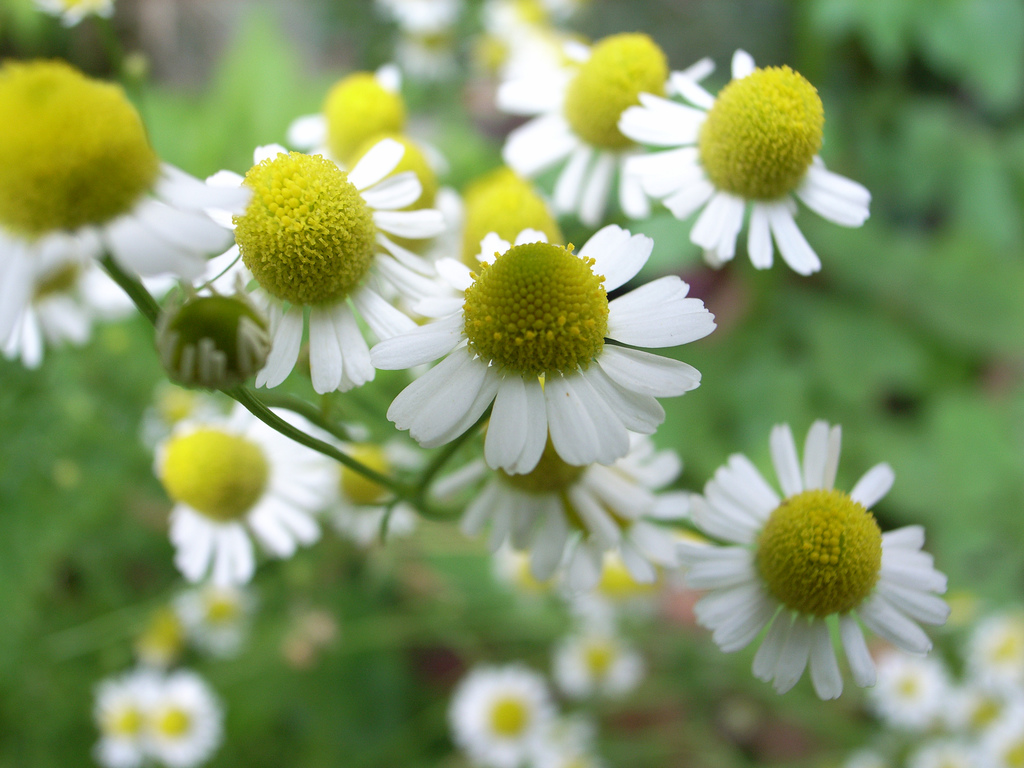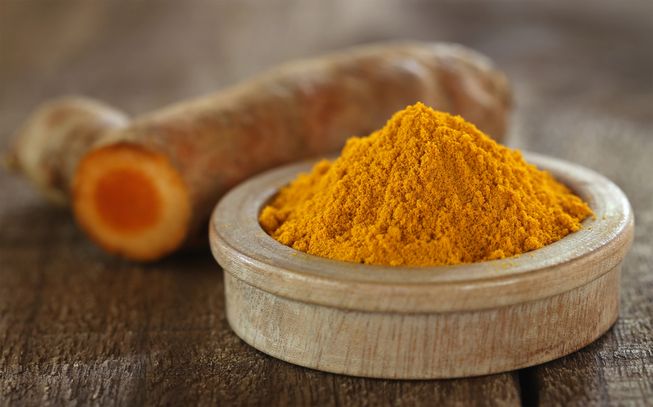
Advertisement
When talking about chamomile, the first adjective that comes to mind is “calming.” This calming herb belongs to the same family as sunflowers, echinacea and marigolds, and is known for producing small, daisy-like flowers. Chamomile flowers give off a very pleasant scent — gently floral and almost apple-like — which can calm nerves and exert a relaxing effect on people. Because of these qualities, chamomile has carved out a niche for itself not just in the field of aromatherapy, but also in the world of herbal teas.
Today, chamomile tea is used as a supplement for other treatments. It is also very popular among people who have problems sleeping. Chamomile tea is said to help with stress and anxiety, upset stomach, gas and diarrhea. When used topically, medicines containing chamomile can fight breakouts, relieve inflammation and eliminate scars and spots. According to science, this is due to the herb’s abundance in anti-inflammatory and antioxidant compounds.
But chamomile’s medicinal uses don’t end there. In fact, continuous research on the benefits of this edible herb has led researchers to make another exciting discovery: Chamomile, the calming herb, can also be used for the management of diabetes. In his article written for The Conversation, Associate Professor Richard Blackburn, who is also the head of The Sustainable Materials Research Group at the University of Leeds, shared how his work on historical textile dyes helped identify the compounds in chamomile that make it effective against diabetes.
What makes chamomile a natural anti-diabetic?
Before the first synthetic dye was discovered in 1856, people used plants to dye textiles. Blackburn has been working for more than a decade analyzing historical artifacts in order to find out which compounds contributed to their colors and to which plant or plants these natural colorants belonged.
But one challenge that slowed down Blackburn’s progress was the lack of a dye extraction technique that didn’t damage the dye molecule. It was only recently that Blackburn and his colleagues were able to develop new “soft” extraction methods that can preserve the dye molecule during extraction and analysis. These methods, interestingly, made use of glucose.
Using these methods, Blackburn and his team were able to identify the compounds in chamomile that once made it a popular dye. Centuries ago, these chemicals gave natural fibers like wool and cotton a bright yellow color. Subsequently, Blackburn and his team collaborated with another group of researchers and used to same techniques to identify four compounds in chamomile that can control carbohydrate digestion.
Two of these compounds, namely, apigenin-7-O-glucoside and apigenin, are known yellow colorants, while the other two, (Z) and (E)?2-hydroxy-4-methoxycinnamic acid glucosides, were previously misidentified by other researchers. Blackburn and his colleagues discovered that these four compounds, when taken together, can control the digestion of carbohydrates and the absorption of glucose in the human body. This activity, they noted, can potentially reduce blood sugar levels in people with diabetes.
The discovery, together with the potential of these compounds to be extracted and concentrated for medicinal use, makes chamomile a promising natural medicine for diabetes.
Other benefits chamomile has to offer
Chamomile tea can be made from the dried flowers of two varieties, German chamomile (Matricaria chamomilla) and Roman chamomile (Chamaemelum nobile). The former is the most widely used of the two and is known for its ability to relieve spasms, prevent inflammation and fight microbial infections. Meanwhile, the latter is valued for its calming and sleep-inducing properties, as well as its ability to soothe digestive issues.
Here are 13 good things you need to know about drinking chamomile tea. (h/t to Food.NDTV.com)
- It promotes good-quality sleep and treats insomnia.
- It boosts immune function.
- It helps treat colds.
- It reduces muscle spams and menstrual pain.
- It helps relieve stomach ache.
- It promotes healing of cuts, wounds and inflammatory skin conditions.
- It can reduce stress.
- It lightens the skin and gives it a healthy glow.
- It helps fight acne, fade spots and eliminate acne scars.
- It protects the skin from free radicals, tightens pores and slows down skin aging.
- It soothes sunburned skin when applied topically.
- It can reduce dark, under-eye circles (use chilled chamomile tea bags).
- It helps eliminate and prevent dandruff, soothes irritated scalp and promotes healthy hair growth.
While the long list of chamomile’s health benefits makes it seem too good to be true, rest assured that none of it is exaggerated and everything has been proven scientifically. Chamomile also has a long history of use as a traditional remedy and a great track record for delivering.
So make a cup of soothing chamomile tea to calm your nerves, relieve stress and ensure a good night’s sleep. Drinking a cup will not only leave you relaxed, it may also help keep your blood sugar levels healthy, naturally.
Sources:
Advertisements







